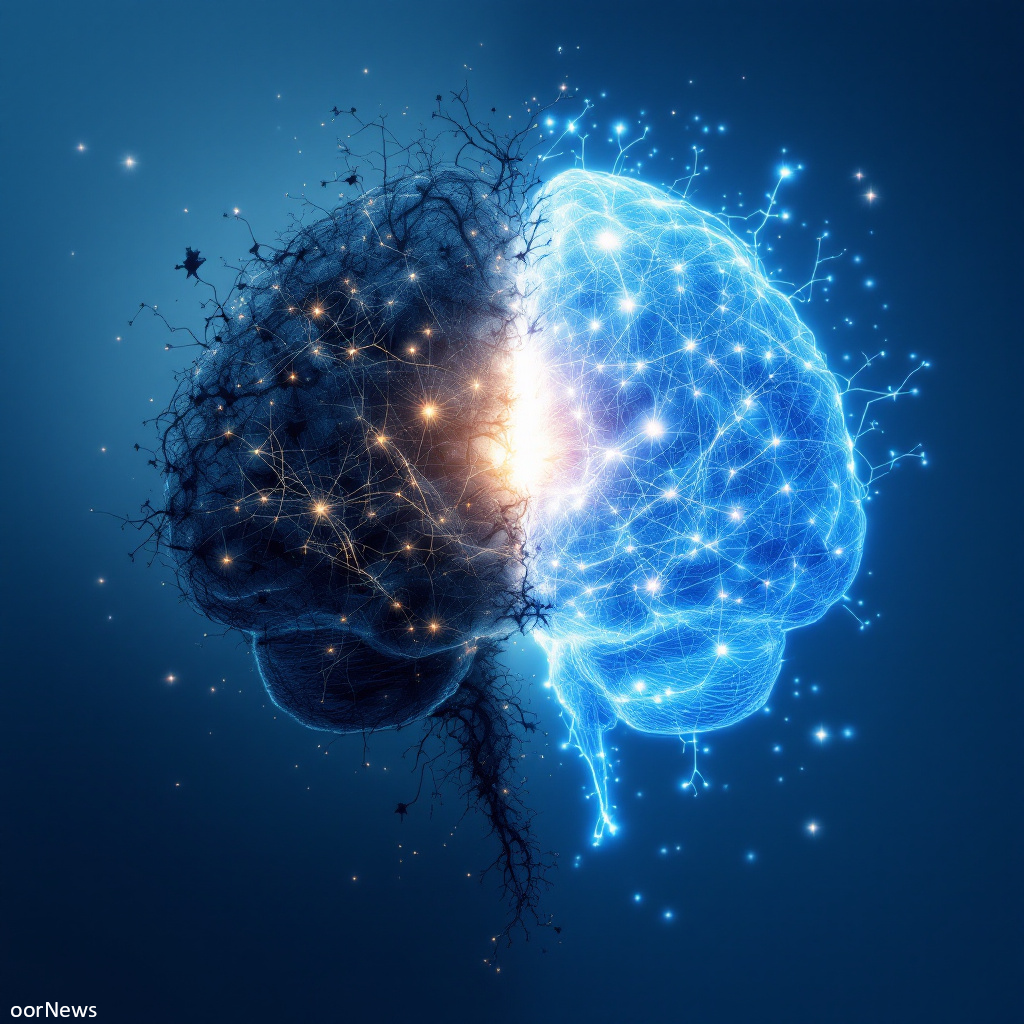Your cart is currently empty!

Live Brain Cell Study Shows Toxic Protein Destroys Synaptic Connections

Scientists at the University of Edinburgh have, for the first time, shown how a dangerous form of amyloid beta—a protein linked to Alzheimer’s—can stick to and damage the connections (synapses) between live brain cells. In a breakthrough study, researchers used tiny slices of living human brain tissue collected during routine operations and exposed them to different forms of amyloid beta. While the normal form prompted the tissue to repair itself, the toxic version rendered it unable to mend its synapses.
The study also revealed that even slight changes in the natural levels of amyloid beta—whether an increase or a decrease—can disrupt brain cell function. Researchers believe that maintaining a very strict balance of this protein is crucial for healthy brain function and that these insights could guide the development of drugs to prevent synaptic loss.
Additional tests showed that tissue from the temporal lobe, an area affected early in Alzheimer’s, released higher levels of the protein tau. This may explain the region’s particular vulnerability in the disease’s early stages, with some samples already showing early signs of Alzheimer’s such as amyloid plaques and tau tangles.
“This important work by Dr Durrant’s team brings a new tool to scientists’ toolbox to better understand Alzheimer’s disease and how to treat it,” the press release stated. Employing a pioneering method that keeps live human brain tissue alive in the lab for several weeks, the research marks a significant advance by allowing scientists to study early Alzheimer’s in real human cells rather than animal models.
The study, part of the Dyson RAD Dementia Research Acceleration Project, received support from the Race Against Dementia charity and a £1 million gift from the James Dyson Foundation. This funding helped cover costs for scientific staff, research nurses, and lab equipment.
With one in three people born today likely to face dementia—and someone developing the disease every three seconds—this innovative research offers a promising step toward finding treatments to combat the devastating impacts of dementia.
Leave a Reply